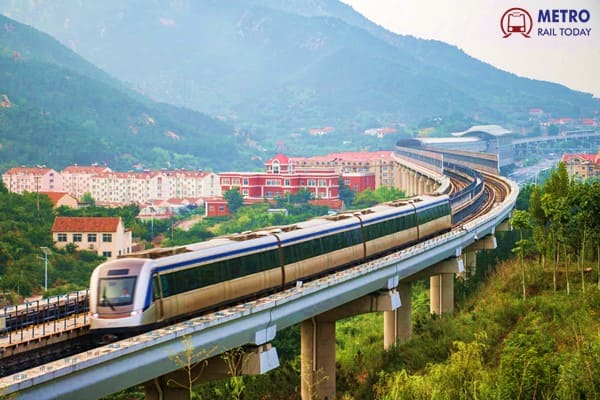The proposed Metro Neo system will span over 60 kilometers, linking key urban centres including Raipur, the newly developed capital city of Nava Raipur, and the industrial town of Durg. Once completed, the corridor is expected to significantly reduce travel time, cut down vehicular emissions, and provide a high-capacity alternative to road-based transport. The alignment will pass through densely populated residential and commercial zones, government institutions, and educational and IT hubs, thereby offering seamless access to the state's economic and administrative core.
What sets this project apart is its adoption of Metro Neo technology — a lighter, more flexible alternative to conventional metro systems. It will run on elevated and at-grade tracks using rubber-tyred electric coaches powered by overhead traction, and is designed for medium-capacity routes where full-scale metro systems may not be economically viable. Metro Neo is already being piloted in Nashik and has received positive responses for its affordability and operational efficiency.
The Chhattisgarh government, in coordination with central authorities and the Ministry of Housing and Urban Affairs, is currently in the advanced stages of detailed project reporting (DPR), land mapping, and funding alignment. The project will likely be financed through a hybrid model comprising state and central government equity, multilateral development bank support, and potential private investment under PPP mode for certain segments.
Urban planners and transport experts see this corridor as a catalyst for planned urbanization in Chhattisgarh, especially with Nava Raipur being developed as a smart and green capital city. The project also aligns with the Centre’s push for sustainable urban transport under the National Urban Transport Policy.
Highlighting the national relevance of this development, Mrs. Mamta Shah, MD & CEO of Urban Infra Group, commented, “Chhattisgarh’s Metro Neo initiative is a pioneering step that bridges the gap between affordability and urban innovation. By connecting Raipur, Nava Raipur, and Durg, the state is not only investing in mobility but also laying the groundwork for inclusive and environment-friendly urban expansion. This is the kind of forward-looking infrastructure India needs as its Tier 2 and Tier 3 cities grow into next-generation economic engines.”
As the detailed planning and approval phases move forward, the Raipur-Nava Raipur-Durg Metro Neo corridor stands as a model for how mid-sized cities across India can adopt smart, scalable transit systems to match their future growth aspirations while remaining financially prudent and environmentally conscious.



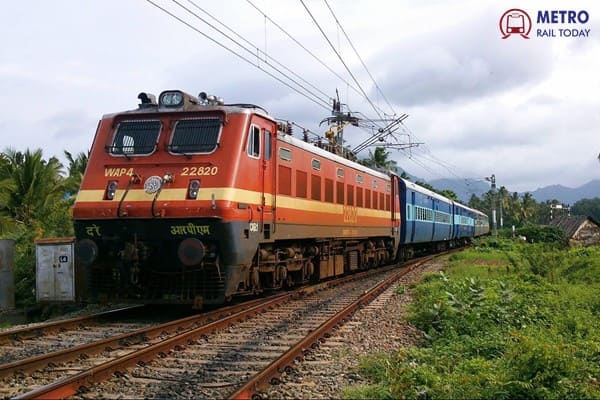 Titagarh Rail Systems Bags ₹273.24-Crore Rolling Stock Contract from Indian Railways
Titagarh Rail Systems Bags ₹273.24-Crore Rolling Stock Contract from Indian Railways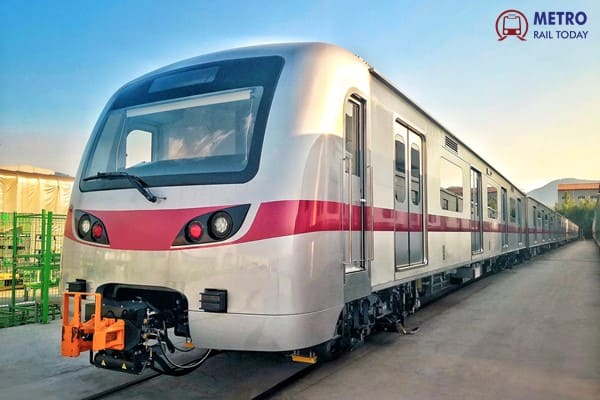 Metro Rail Transit Line (MRT-7): A New Way Forward for the North
Metro Rail Transit Line (MRT-7): A New Way Forward for the North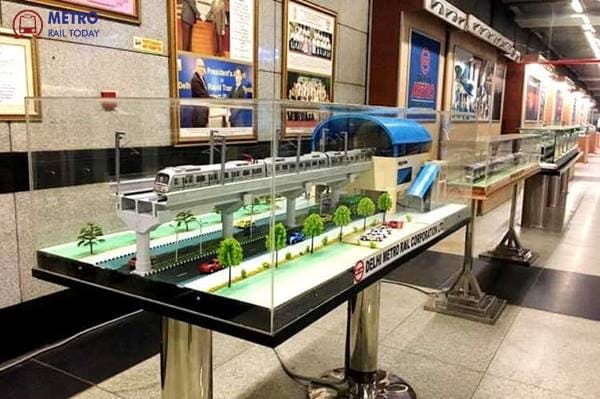 Delhi Metro inaugurates New State-of-the-Art Museum at Supreme Court Metro Station
Delhi Metro inaugurates New State-of-the-Art Museum at Supreme Court Metro Station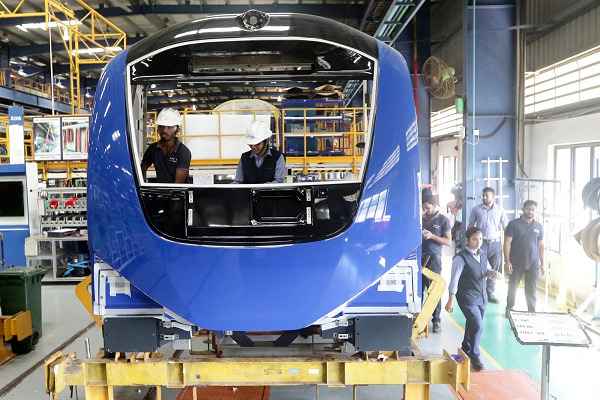 Knorr-Bremse unviels plan to invest ₹1,907 Crore in New Rail Manufacturing Facility in Chennai
Knorr-Bremse unviels plan to invest ₹1,907 Crore in New Rail Manufacturing Facility in Chennai Landmark-Neev JV bags ₹151.2 crore station finishing contract for Mumbai Metro Line 2B
Landmark-Neev JV bags ₹151.2 crore station finishing contract for Mumbai Metro Line 2B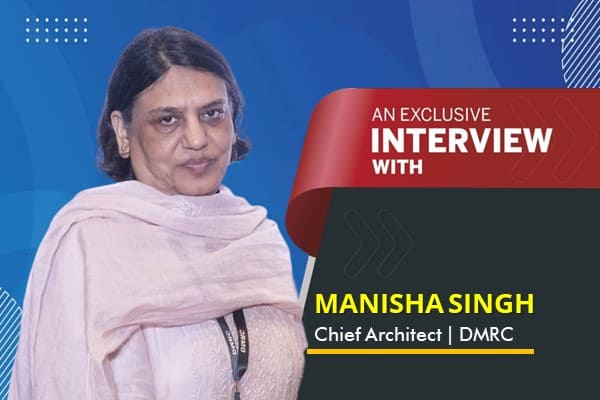 How Delhi Metro is reimagining urban architecture for a sustainable public transport?
How Delhi Metro is reimagining urban architecture for a sustainable public transport?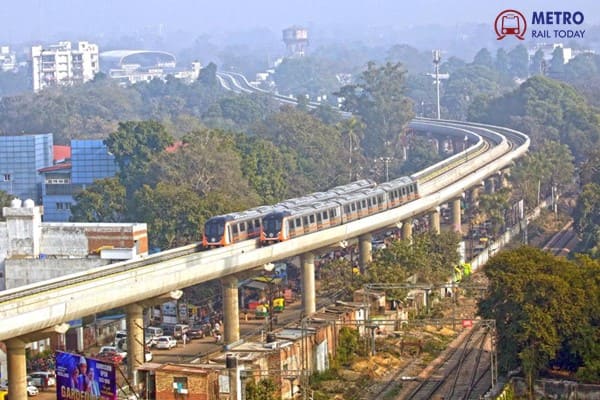 Why India needs a dedicated Ministry for Metro Railways?
Why India needs a dedicated Ministry for Metro Railways?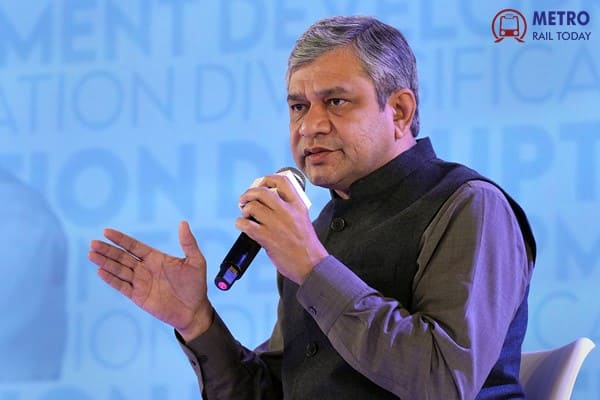 How Ashwini Vaishnaw is shaping India's Railways, Digital Future and Manufacturing Rise?
How Ashwini Vaishnaw is shaping India's Railways, Digital Future and Manufacturing Rise? Dev–N.Rose bags ₹201.49-crore Architectural Works contract for 7 stations of Mumbai Metro Line 2B
Dev–N.Rose bags ₹201.49-crore Architectural Works contract for 7 stations of Mumbai Metro Line 2B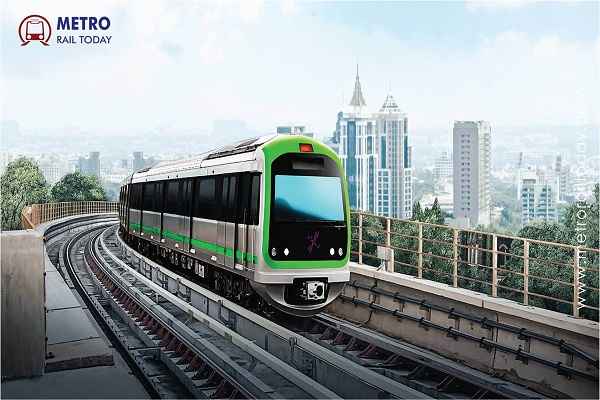 Bangalore Metro to float tenders for ₹25,311 crore Hosahalli–Kadabagere Metro Line
Bangalore Metro to float tenders for ₹25,311 crore Hosahalli–Kadabagere Metro Line